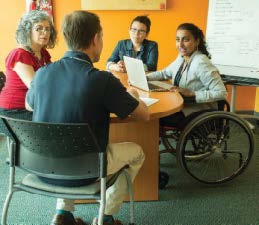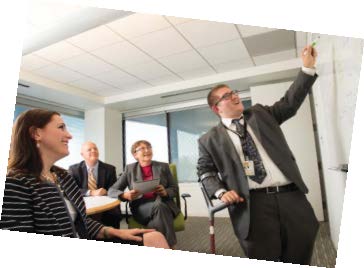cause of the limitation. If you or your child has ever had physical therapy, you were probably instructed in range of motion exercises. These are added to a long list of things that need to be done regularly, and often get triaged off the daily care. It gets harder to fit these in as your child gets older and there are more activities vying for time. It is important to keep regular range exercises on the schedule. As a child grows, the muscles need to lengthen with the bones. This will be more difficult if there is hypertonicity. If muscles get tight, walking will be difficult. The gait pattern could be altered. An example would be hamstring tightness, which are the muscles on the back of the thigh and cross the knee joint. Hamstring tightness could limit the ability for knees to get fully straight. Walking on flexed knees is fatiguing and less stable. You could see how while a child grows, this can get more difficult and lead to less walking. If your child uses a wheelchair, limited range can affect positioning.
More components may be added to wheelchair to keep the head upright and vision facing forward. If a child has scoliosis, a lateral support pad is added to the wheelchair; however, if this scoliosis progresses, the pelvis may start to tilt. Poor positioning can lead to skin breakdown. Limited range can contribute to pain and discomfort, and as range is limited, repositioning for improved comfort gets difficult. Transfers are more difficult when range is limited. If a body cannot be positioned properly, transfers may need assistance, they may be unsafe, or a mechanical lift may be required. Often, tightness can progress over time; prevention is easier. Additionally, keeping range exercises on the regular schedule teaches your child to make it a priority as they grow into adulthood and set a schedule. It would be good to teach your child how to do his own stretching when and if that is possible, and make a game to make sure it gets performed.
If you have not received skilled instruction on how to perform range of motion, this may be beneficial to learn how to gently perform stretches firmly to safely prevent and improve any limitations, but also while not causing injury. A physical therapist could provide any training that you may need. •
THE FITNESS PRIORITY
Kristin McNealus, PT, DPT, ATP received her Masters in Physical Therapy from Boston University then went on to earn her Doctorate in Physical Therapy from MGH Institute of Health Professions. She has been a staff physical therapist on inpatient rehabilitation for people with spinal cord injuries at a number of hospitals in Southern California, as well as Director of a community adaptive gym for people with neurological injuries. She is a member of the International Network Spinal Cord Injury Physiotherapists, and has contributed to the APTA Guidelines for Exercising with a SCI. She has completed 3 marathons, and 25 triathlons, including the Ironman! SCI Total Fitness is designed to promote health and wellness for people with physical disabilities.




